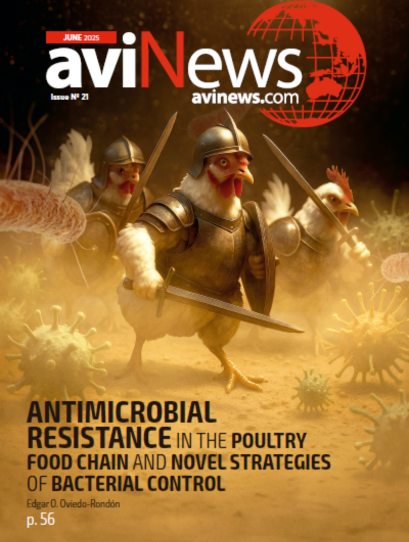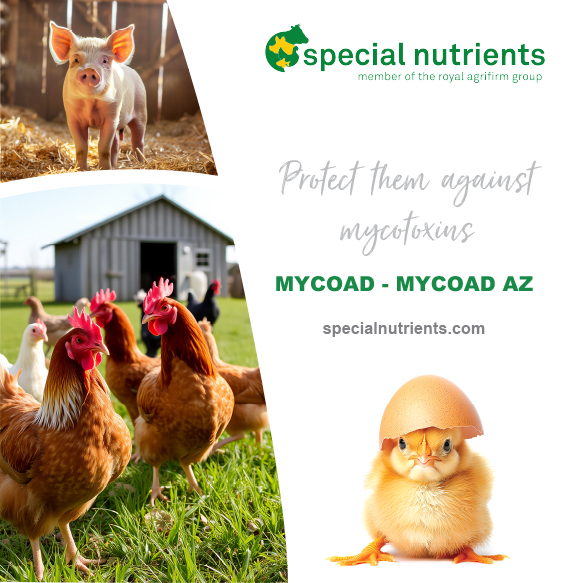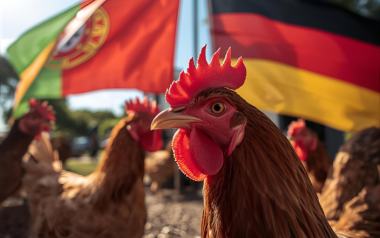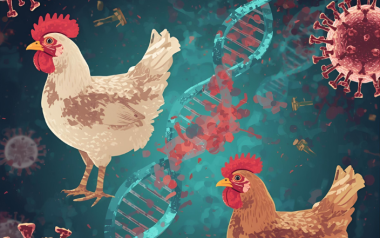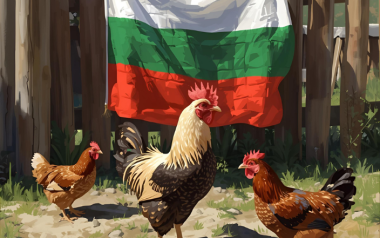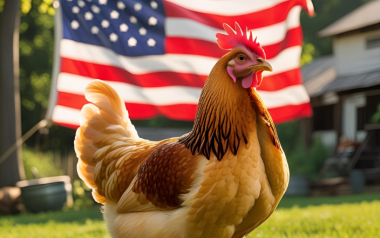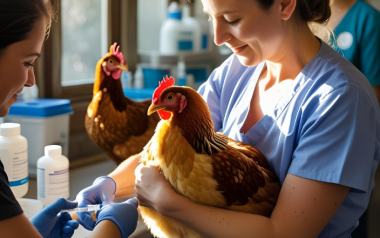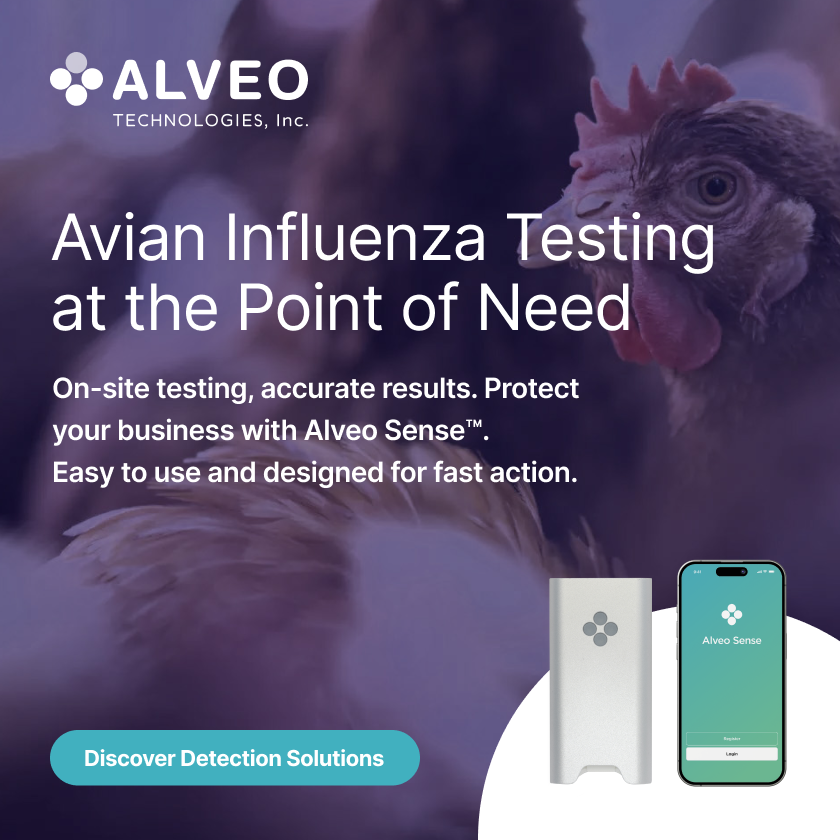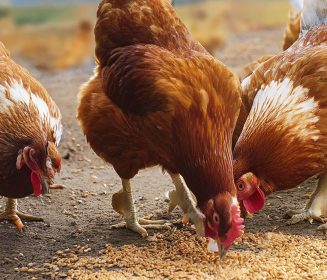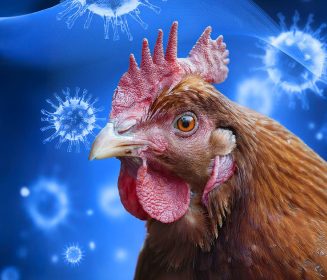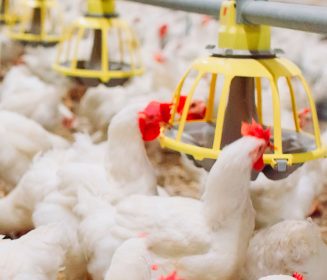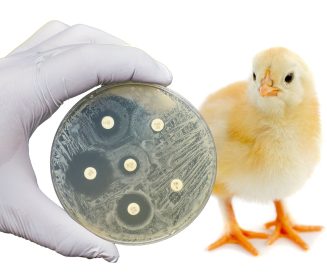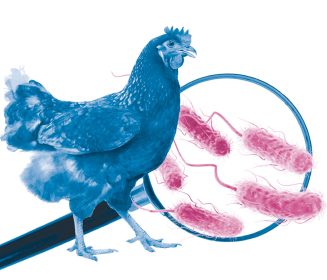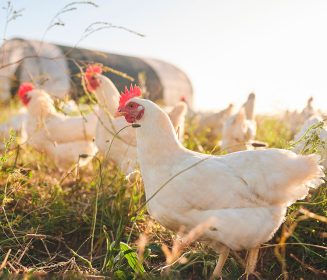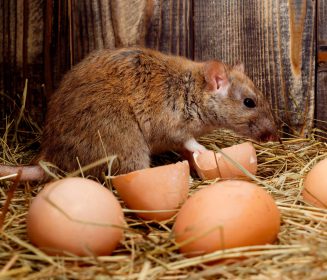31 Jul 2025
Tackling Vietnam’s avian influenza threat effectively
The country's vast poultry numbers and wild bird populations heighten the threat of future avian influenza outbreaks.
Available in other languages:
Content available at:
Tiếng Việt (Vietnamese)
With poultry diseases growing more complex, the Vietnam Veterinary Technical Science Association held a technical workshop in Hanoi on June 21, 2025. The aim was to update the status of avian influenza, share diagnostic methods, and promote effective disease prevention solutions.
The workshop gathered many leading experts, government officials, and livestock producers.
Dr Nguyen Thi Huong, Chairwoman of the Association, noted that Vietnam lies within the Asia-Pacific influenza belt. She remarked that the country has battled highly pathogenic avian influenza (HPAI) strains for over 20 years.
Despite progress in disease prevention and control, outbreak risks persist, especially considering climate change and high poultry density.
Statistics from 2019 to April 2025 show that:
- Outbreaks occurred in 358 communes
- Over 240,000 poultry were culled annually
- Virus strains H5N1, H5N6, and H5N8 still circulate
- H5 and H7 are especially dangerous and can infect humans
Veterinary authorities advise the public to be vigilant. Poultry flocks must be closely monitored, vaccinated thoroughly, and any unusual signs reported promptly.
Diagnostic and prevention challenges
Current diagnostics tools include RT-PCR, virus isolation, and gene sequencing support rapid and accurate diagnostics, as well as vaccine research.
However, disease prevention still faces several challenges:
- Biosecurity measures are not uniformly implemented, especially among small farms.
- Vaccination is often ineffective due to the diversity of available vaccines and the maternal antibodies interference when vaccines are used at the wrong time.
- Other factors including mycotoxins, immunosuppressive viruses, and stress that lower antibody response post-vaccination.
To minimize the risk of disease outbreaks and transmission, Dr Pham Thanh Long of the Department of Livestock Production and Animal Health, stressed three key principles that must be strictly followed:
- Zoning and isolation: Clearly separate breeding areas, breeder import zones, and waste treatment areas to avoid cross-contamination.
- Disinfection and sanitation: Clean the barns thoroughly and handle waste following biosecurity standards. Improper waste handling weakens effectiveness of disinfectants by up to 90%.
- Feed material control: Ensure a clean, uncontaminated feed supply. Strictly control transport, slaughtering, and processing stages.
Dr Nguyen Van Giap, Associate Professor at the Vietnam National University of Agriculture, explained that controlling avian influenza amid constant viral mutation and widespread transmission risk requires a synchronized strategy built on:
- Strict biosecurity: Implement rigorous controls at every stage of poultry farming, especially intermediary contact points such as vehicles, humans, and wild animals.
- Awareness and compliance: Raising farmers’ awareness and compliance is crucial. Prioritize real-time behavioral monitoring and technological supervision.
Right strain—right time—right method
Dr Nguyen Dang Tho of the Central Veterinary Diagnostic Center, emphasized the importance of:
- Epidemiological surveillance and diagnostic testing: Diagnosis can be based on clinical signs, pathological lesions, or laboratory testing.
- Modern technology: RT-PCR remains the fastest, most accurate and specific testing tool. Likewise, virus isolation in embryonated chicken eggs and gene sequencing helps accurately identify virus strains and support vaccine development.
Experts urge a mindset shift about vaccination from ‘having it is enough’ to ‘right strain—right time—right method’. This means:
- Using vaccines with updated antigens matched to the circulating virus strains
- Adapting vaccination schedules around maternal antibodies in early stages
- Using heterologous prime-boost strategies and neonatal immunization research through epitope combination to enhance protective efficacy.
The ultimate goal is not just symptom control, but full prevention of virus shedding—a prerequisite for eradicating widespread outbreaks.

